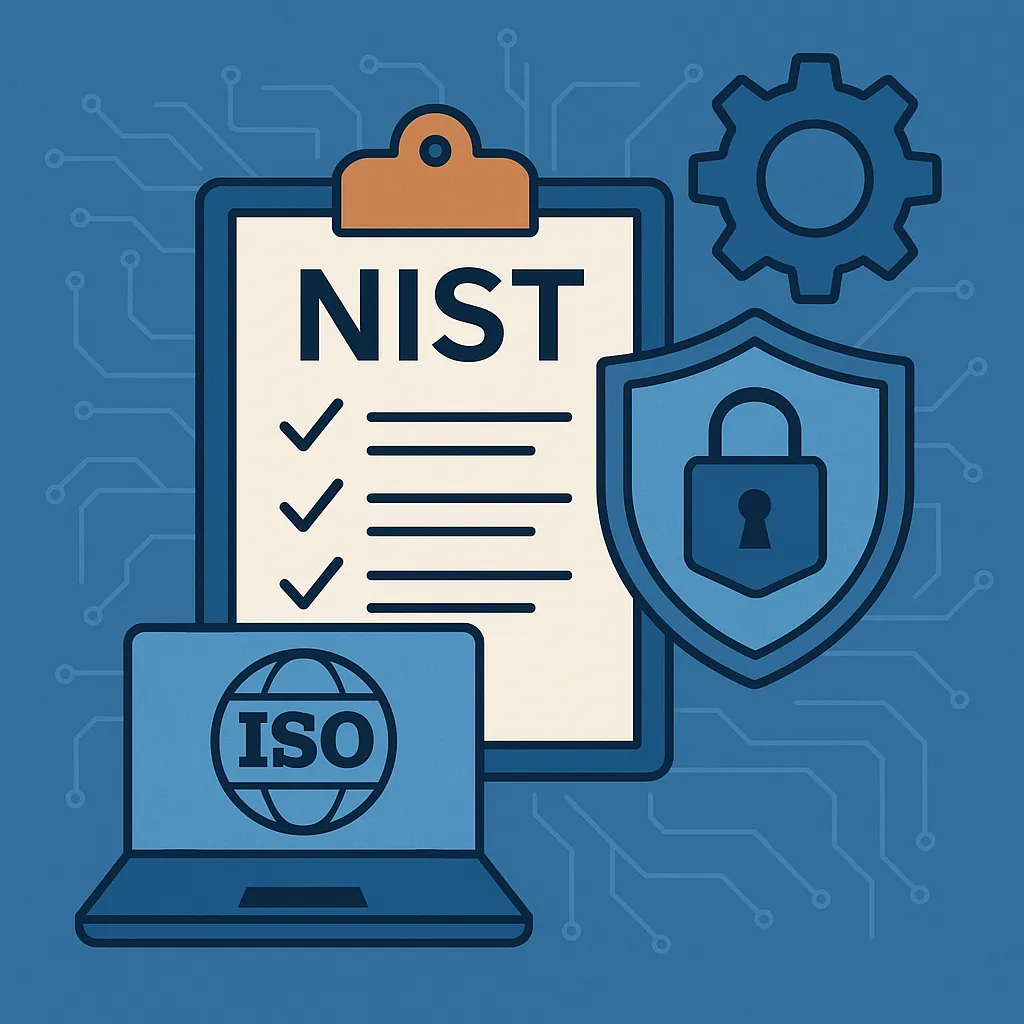Understanding the NIST Cybersecurity Framework and Its Impact
As digital threats continue to evolve, understanding and implementing robust cybersecurity measures is crucial for organizations across the globe. The National Institute of Standards and Technology's Cybersecurity Framework (NIST CSF) provides a structured and efficient approach to managing cybersecurity risks. This article explores the framework's components, its recent updates, and its role in enhancing organizational security.
Introduction to the NIST Cybersecurity Framework
The NIST Cybersecurity Framework, first introduced by the U.S. government, is designed to help organizations manage and mitigate cybersecurity risks. It encompasses a set of guidelines, best practices, and standards that aim to improve cybersecurity across all industries. The framework is noted for its versatility and adaptability, making it applicable to various organizations regardless of size or sector. Fortra's Digital Guardian provides a concise summary of the framework's intent and utility.
Evolution of the NIST Cybersecurity Framework
The Launch of CSF 2.0
In 2024, the NIST released an updated version of the framework, known as CSF 2.0, which includes expanded guidelines and a new structure focusing on key areas such as identification, protection, detection, response, and recovery. This update supports the implementation of the National Cybersecurity Strategy and enhances the framework's responsiveness to modern cyber threats. More information about these updates can be found on SecurityWeek.
Core Components of the NIST Cybersecurity Framework
The framework is organized around five primary functions: Identify, Protect, Detect, Respond, and Recover. Each function offers specific categories and sub-categories that guide organizations in implementing effective security practices. For example, the 'Identify' function helps organizations understand their environment and cybersecurity risks, which is crucial for effective future protections and recovery measures.
Real-World Applications and Challenges
Despite its comprehensive structure, applying the NIST CSF alone does not guarantee immunity from cyber attacks. A 2022 article highlights the limitations of relying solely on frameworks, emphasizing the need for a dynamic and proactive approach to cybersecurity. Moreover, recent judicial rulings, including a Supreme Court decision that struck down a key doctrine underpinning regulatory frameworks, could complicate the enforcement of cybersecurity measures, as reported by Packetstorm News.
Actionable Advice and Conclusion
To effectively leverage the NIST Cybersecurity Framework, organizations should regularly update their cybersecurity policies to reflect the latest practices and ensure all staff are trained on the importance of cybersecurity. Adopting an adaptive security posture and remaining vigilant against new threats is essential for maintaining robust security defenses.
In conclusion, while the NIST Cybersecurity Framework provides a solid foundation for managing cybersecurity risks, organizations must continue to evolve their security practices in response to the changing cybersecurity landscape. By staying informed and proactive, organizations can better protect themselves against inevitable digital threats.

